Growth in Packaging Applications
The Thermal Inkjet Printer Market is significantly influenced by the growth in packaging applications. With the rise of e-commerce and the increasing need for product labeling, the demand for efficient and reliable printing solutions is on the rise. Thermal inkjet printers are particularly well-suited for packaging due to their ability to print high-quality barcodes and variable data. Recent statistics indicate that the packaging sector is projected to grow at a rate of 4.5% annually, which is likely to bolster the demand for thermal inkjet printers. This trend suggests that manufacturers in the Thermal Inkjet Printer Market may need to adapt their offerings to cater to the specific needs of packaging applications.
Advancements in Printing Technology
Technological advancements play a crucial role in shaping the Thermal Inkjet Printer Market. Innovations such as improved ink formulations and enhanced print head designs are enabling printers to achieve faster print speeds and greater efficiency. These advancements not only enhance the user experience but also reduce operational costs for businesses. For instance, the introduction of energy-efficient models is likely to appeal to environmentally conscious consumers. Furthermore, the integration of smart technologies, such as mobile printing capabilities, is expected to expand the functionality of thermal inkjet printers. As a result, the market is anticipated to witness a surge in demand for these advanced printing solutions.
Increased Focus on Cost-Effectiveness
Cost-effectiveness remains a pivotal driver in the Thermal Inkjet Printer Market. As businesses strive to optimize their operational expenses, the demand for printers that offer a balance between performance and affordability is likely to rise. Thermal inkjet printers are often perceived as a cost-effective solution, particularly for small to medium-sized enterprises. The ability to produce high-quality prints without incurring excessive costs is appealing to budget-conscious consumers. Market analysis suggests that the price sensitivity among buyers is expected to influence purchasing decisions, prompting manufacturers to innovate and offer competitive pricing strategies to capture a larger share of the market.
Rising Demand for High-Quality Printing
The Thermal Inkjet Printer Market is experiencing a notable increase in demand for high-quality printing solutions. As businesses and consumers alike seek to produce professional-grade documents, the need for printers that deliver superior print resolution and color accuracy becomes paramount. This trend is particularly evident in sectors such as marketing, where visually appealing materials are essential. According to recent data, the market for high-quality printing solutions is projected to grow at a compound annual growth rate of approximately 5.2% over the next five years. This growth is likely to drive innovation within the Thermal Inkjet Printer Market, as manufacturers strive to meet the evolving expectations of their customers.
Sustainability and Eco-Friendly Practices
Sustainability is becoming an increasingly important consideration within the Thermal Inkjet Printer Market. As environmental concerns gain prominence, consumers are seeking printers that align with eco-friendly practices. Manufacturers are responding by developing ink formulations that are less harmful to the environment and by implementing sustainable production processes. The market is witnessing a shift towards printers that utilize recyclable materials and energy-efficient technologies. This trend is likely to resonate with environmentally conscious consumers, potentially driving sales in the Thermal Inkjet Printer Market. As sustainability becomes a key differentiator, companies that prioritize eco-friendly initiatives may gain a competitive advantage.


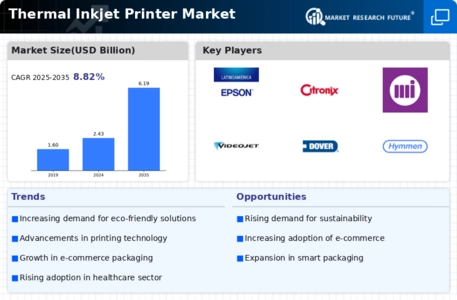
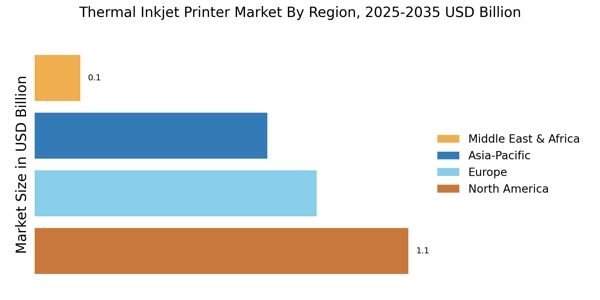
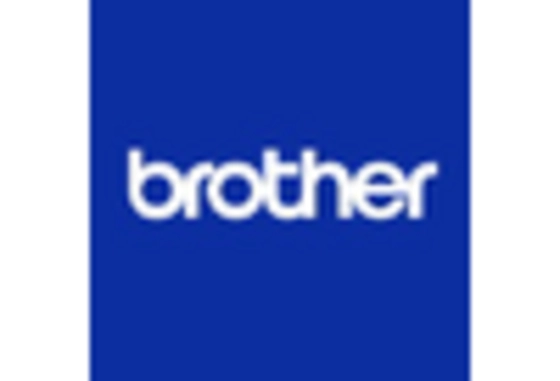
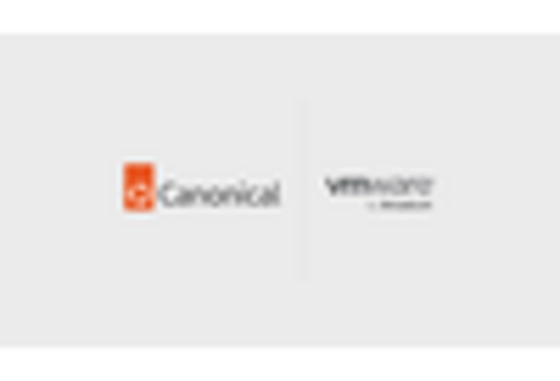
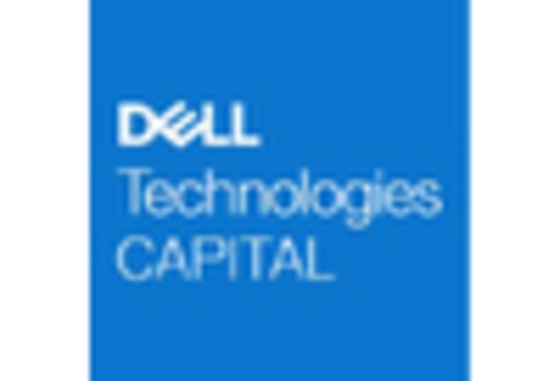
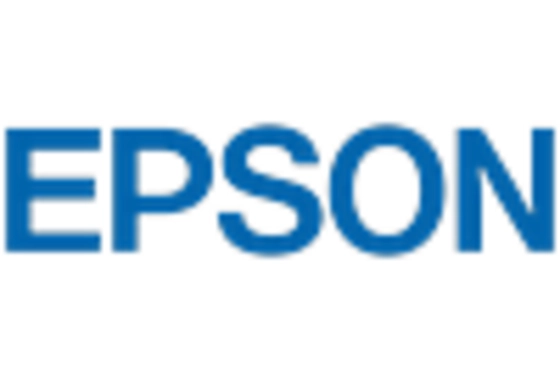
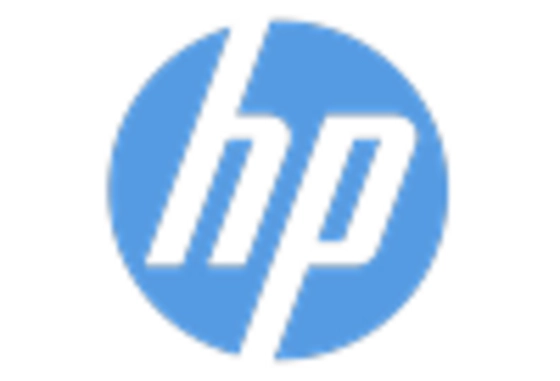
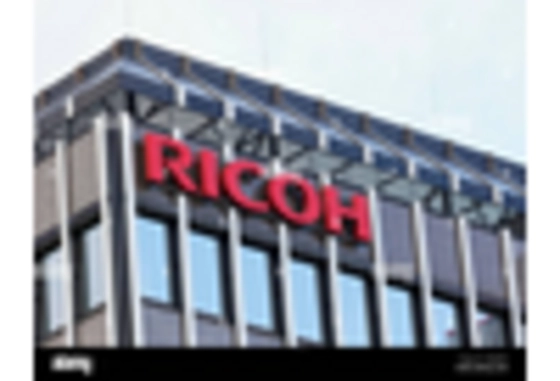








Leave a Comment